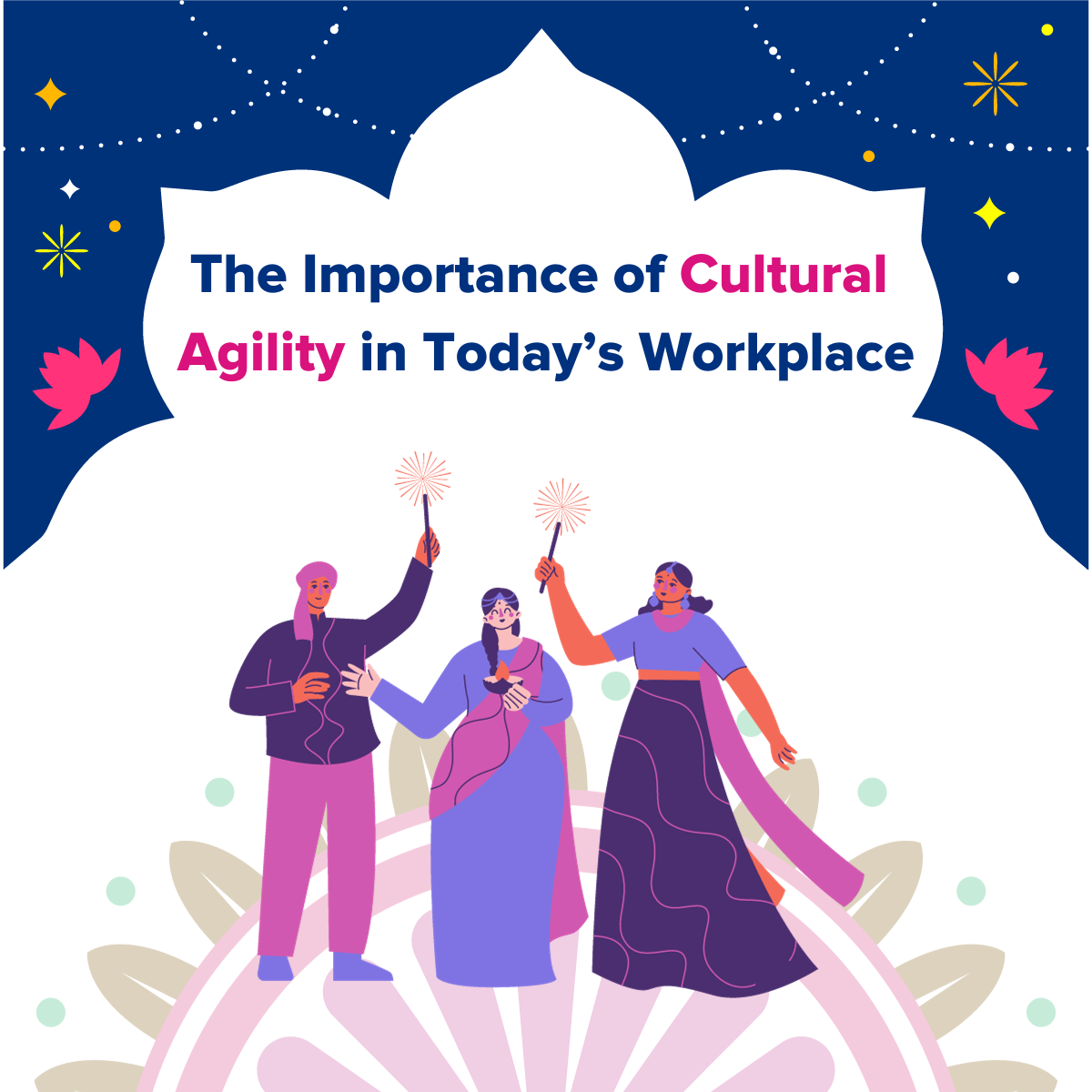The world of global mobility is changing rapidly. Historically, mobility professionals have often been stuck in a reactive, operational role - dealing with urgent tasks and "putting out fires" rather than thinking strategically. But new technologies like Benivo's Unified Mobility Platform have emerged. They can automate repetitive tasks and provide data-driven insights, allowing mobility teams to become true strategic partners to their organizations.
Read MoreAs we venture through the balance of 2023 and beyond, the future of business travel is being shaped by various emerging trends, reflecting changing corporate needs and attitudes, technologies, sustainability considerations, and shifts prompted by the aftermath of the COVID-19 pandemic. These developments call for a thoughtful reimagining of traditional business travel and require corporations to rethink their strategies.
Read MoreIn our most recent The View From The Top show, host Brian Friendman spoke with Brady Helms, ex-Deputy Head of HR at Nasa. His experiences recruiting and training astronauts have valuable implications for mobility leaders launching talent around the world. Here are some key insights from their conversation:
Read More
In our most recent episode of The View From The Top, host Brian Friedman discussed how cost estimates are evolving with new technology. The traditional process of creating cost estimates has been manual, time-consuming, and limited. However, new innovations are changing the game and opening up exciting possibilities for the future.
As workplaces become increasingly diverse and global, cultural agility is more important than ever before. A recent conversation on The View From The Top between global mobility leaders highlighted how critical it is for organizations to train their employees on working effectively across cultures.
Read More



